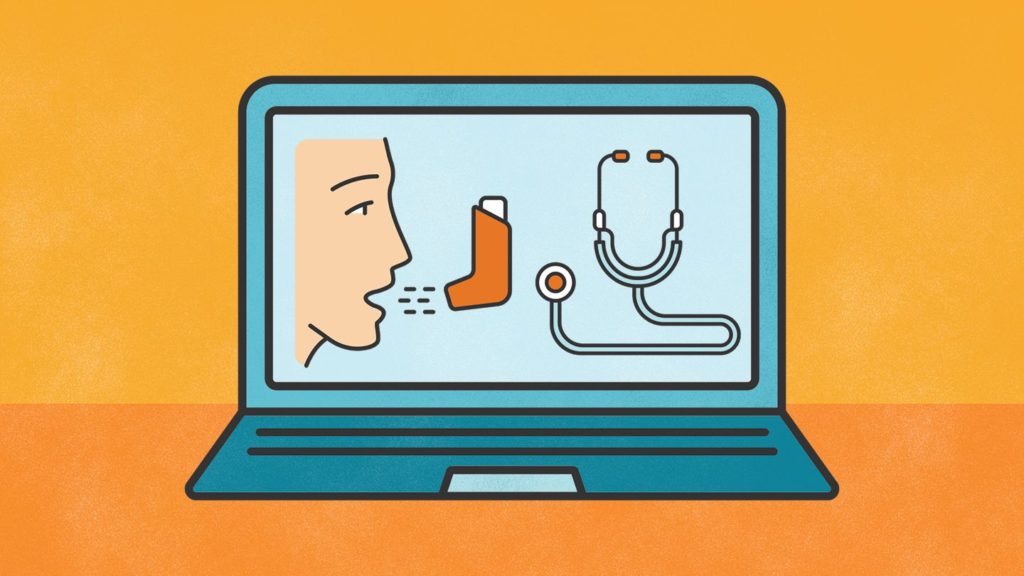
Written by Dr. Dhrumil Shah, Advisor, Keva Health
It’s Monday morning and you wake up to an alert requesting you to accept a virtual medical appointment. The reason for this urgent appointment is because your wearable device, linked to a remote patient monitoring platform, has alerted your care team of your significantly lower oxygen levels during sleep. After receiving a personalized telehealth appointment, the doctor, empowered by the data provided by your wearable device, diagnoses you with potential sleep apnea. The next steps for home sleep study are coordinated accordingly. Fortunately, and most importantly, all of this happens without you having to get out of bed.
You might think otherwise, but this is how we aim to deliver care at a healthcare organization near you. Throughout the COVID19 pandemic and especially in 2020, we continue to see high adoption rates of digital healthcare and are confident that these trends will continue. Amongst the top solutions adopted, alongside telehealth, is Remote Patient Monitoring (RPM).
Embracing Virtual Care: Moving Forward with New Normal of Healthcare
Life post-covid has changed many of our healthcare relationships and behaviors perhaps permanently. Crowded waiting rooms are unlikely to come back into our lives, now that we use our cars and living rooms as new normal to prepare for our doctor’s visit. Especially with the implementation of telehealth and RPM solutions we are taking chronic disease management to patients’ homes and making in-person visits reserved for more informed and comprehensive care. This has all been made possible due to the increased, data driven visibility of chronic diseases between appointments.
Health systems are looking into virtual care services to reduce readmission risks and manage complex patients such as discharges after major procedures &/or complicated hospital admission. Value based medicine transition continues to demand better ways to reduce medical expenses and virtual care services offer the window of opportunity needed to make timely interventions count and perhaps avoid high-cost utilization. Wouldn’t it be more cost effective to have a patient with asthma exacerbation be diagnosed early and managed safely at home through a virtual care model instead of ending up at the local emergency room a couple days later?
Key Considerations When Building Your Remote Care Program
Whether you are a solo provider practicing medicine or a health system with hundreds of providers and practices, if you haven’t already implemented telehealth you should think again.
- Is telehealth a way forward for you or something which you feel you are forced to do?
- Mindset matters the most
- If you think in-person care will go away or telehealth will go away, you are wrong either way.
- We are likely to see 30-40% of care turned virtual and in-person care becoming more comprehensive
- Do virtual care services increase or decrease total cost of care?
- Use case matters the most
- When done right telehealth programs can reduce total cost of care significantly
- If telehealth is done in a silo to provide episodic care alone, it can fragment the healthcare industry even more than it is today.
- Are payers going to continue to evolve and support these models beyond this pandemic?
- While telehealth reimbursement regulations have been significantly modified during the pandemic, many remote care services (such as chronic care management, remote patient monitoring, diabetes prevention program etc.) have been part of ongoing efforts to move to value by major payers
Bottom line, when it comes to behaviors & opportunities as they relate to patients, providers and payers, we expect to see more and more meaningful changes happening in the near future. Connected health services are part of our current and future roadmap to a value based healthcare model. You can choose to stay put or work together with us and others in the healthcare industry to figure out a way forward.
Keva Health, a digital health startup is leading the charge on virtual care initiatives and paving the path for remote care beyond telehealth. They have developed a remote care platform to provide doctors with much needed data to improve the lives of their asthma patients. The same platform is used by patients to educate, evaluate and empower themselves on how to take on a larger role in their own self care.
About Keva Health
Keva Health’s platform is integrating innovative remote monitoring functionality with evidence based self-monitoring programs for patients with chronic respiratory diseases to improve outcomes and reduce cost. Please contact us at [email protected] for more info.
AsthmahealthcarePatientphysicianRemotemonitoring


Leave a Reply
You must be logged in to post a comment.